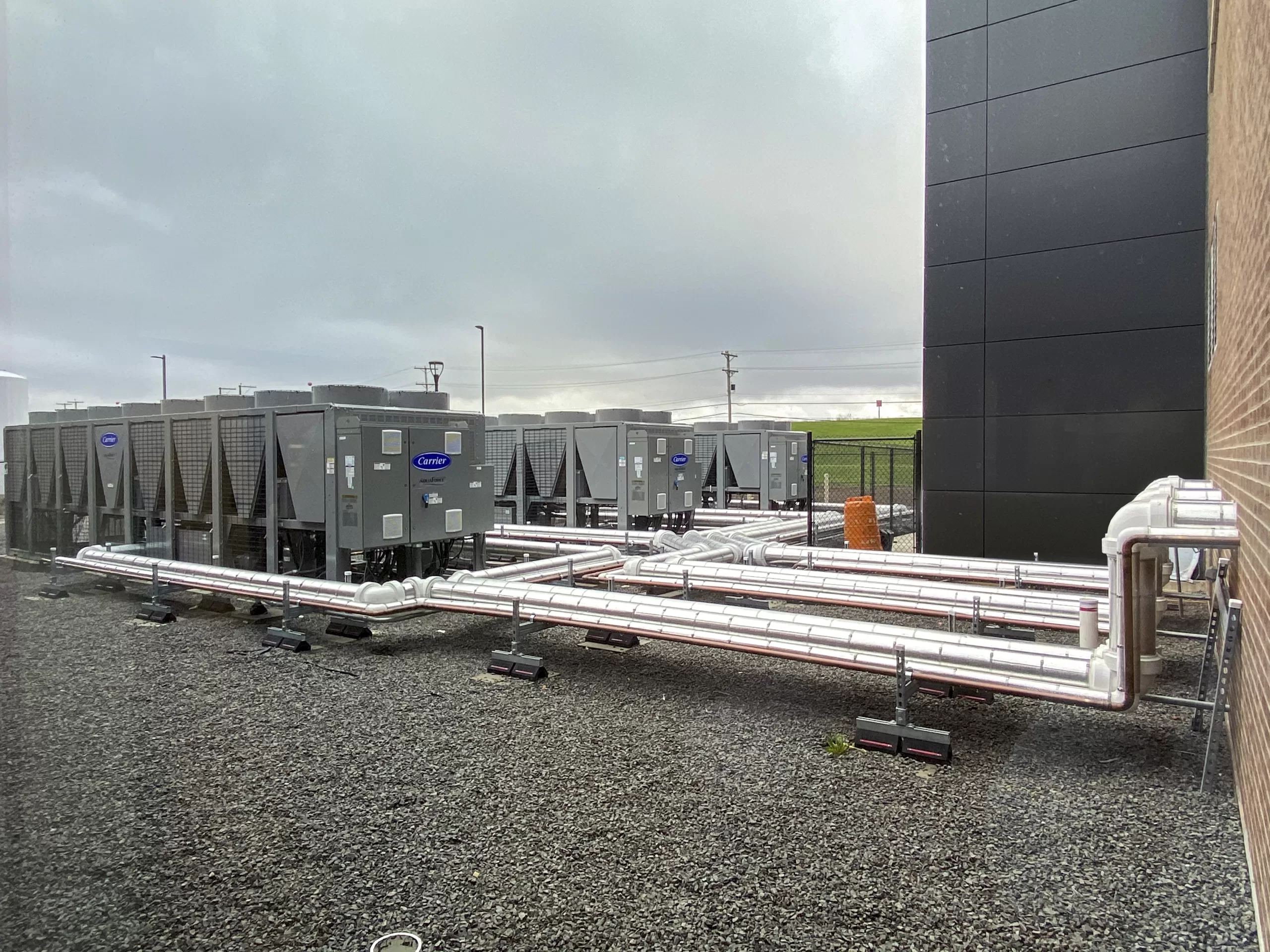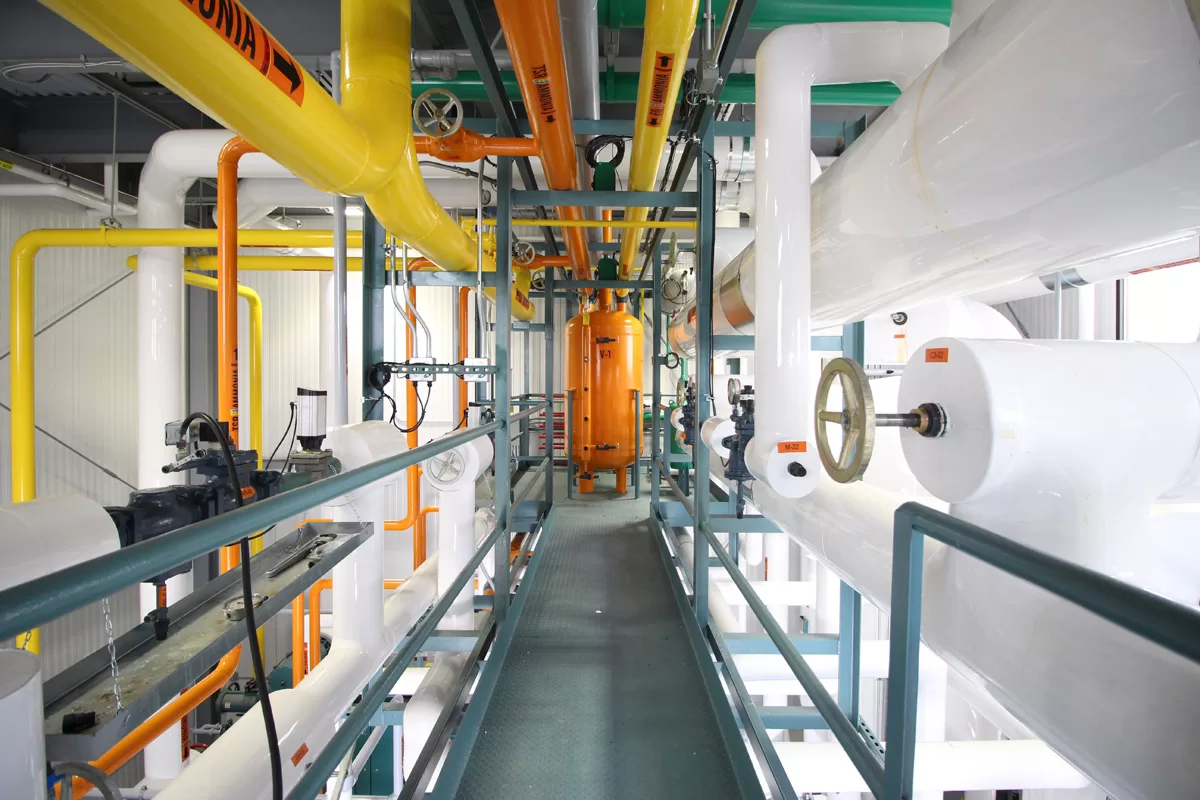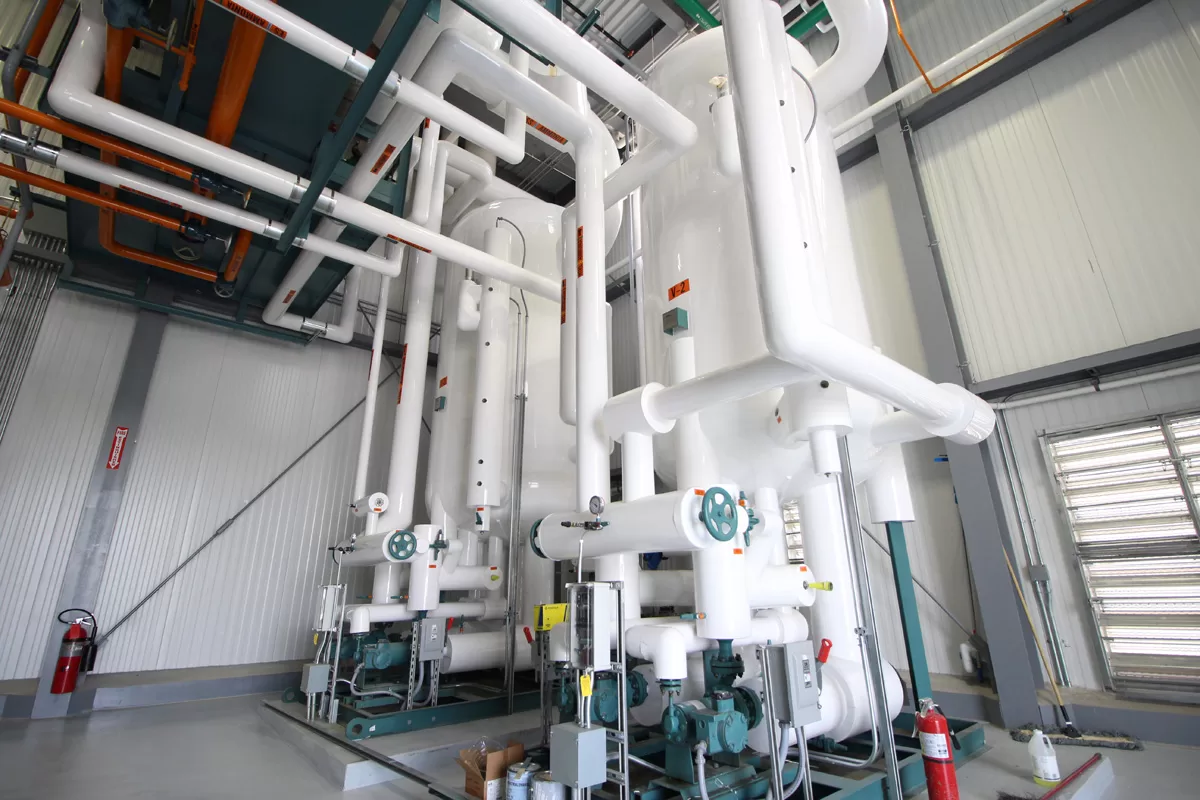The Cool Quest of Replacing a Chiller System
By Jordan Backer, PE
October 31, 2023Post Tagged in
 |
Chiller systems are an essential part of any commercial or industrial building. These cooling units are responsible for maintaining a comfortable and regulated temperature for both the occupants and equipment within the building. However, as with any mechanical system, chiller systems have a limited lifespan and will eventually need to be replaced. Replacing a chiller system is not a simple task and requires careful planning, budgeting, and coordination. Join us as we explore the cool quest of replacing a chiller system, with valuable insights and tips along the way.
|


